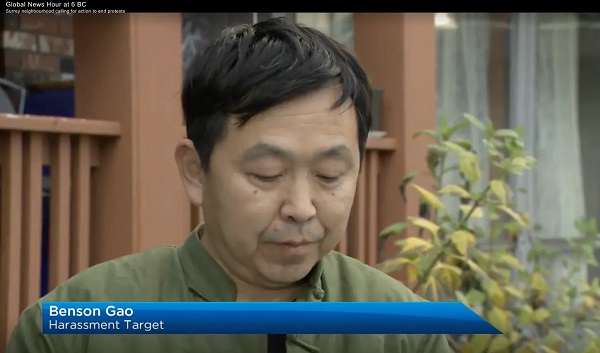Education
Local student to sit on Minister’s Youth Council for second year
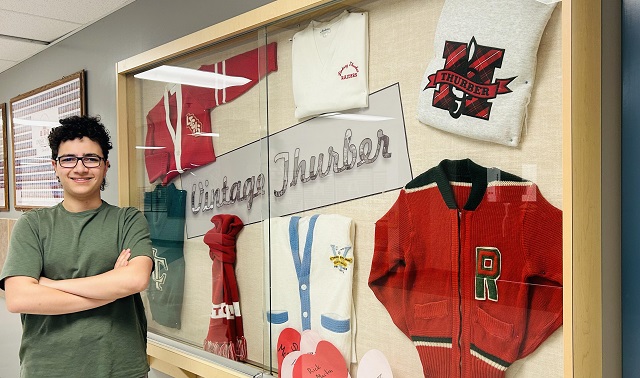
A local student is looking forward to making a difference with the provincial government as part of the Minister’s Youth Council.
Fahd Mohamed, a Grade 12 student at Lindsay Thurber Comprehensive High School, has been accepted for a second school year to the program, which includes about 40 students from across the province with diverse interests, identities, backgrounds and perspectives.
“We meet three times a year with the first and last meeting taking place in Edmonton, and the second meeting taking place over Zoom,” said Fahd. “Over the weekend we work with the Minister (of Education) for legislation, we have a First Nations and Metis representative come in, we listen to lectures about public speaking and policy making, and other topics.”
The students take part in a number of engagement initiatives that empower them as leaders of their learning; provide opportunities to build positive working relationships with education partners; engage as leaders of change in their communities; support leadership development; and honour their capability and capacity to engage as authentic education partners.
“Throughout the day, we go into groups and have various discussions. The Minister’s members’ goal was to gather as much information as they can over the weekend, and develop an idea that we would talk with the Minister face-to-face about on the last day,” said Fahd. “The Minister hears our ideas, writes them down, and then proposes them to his higher ups.”
One of the topics the Minister’s Youth Council discussed last year was restricting cell phone and social media use in schools. “Our input had some influence on the current cell phone policy,” said Fahd. “So that is really cool to see.”
Last year, Fahd also got a tour of the Legislature, including the Minister of Education’s office.
“It’s very nice to see a very professional and high viewpoint about Canada. It’s not every day that you get to talk face to face with an MLA, a Minister or a Prime Minister,” he said.
Looking ahead to this year, Fahd said he is looking forward to putting himself out there more and expressing his thoughts and ideas.
“Everyone has something to offer. Because I am in a bigger city, I might not have the same opinions as someone coming from a smaller city who does not have the same opportunities. But there might be things that I miss about a smaller city that has things that we don’t,” said Fahd. “It’s an experience that is very rewarding. You start to feel like you have great ideas and a voice. Everyone can do things to help the province. More people should apply for programs like this. You get to influence something bigger than you.
Education
Johns Hopkins University Announces Free Tuition For Most Students
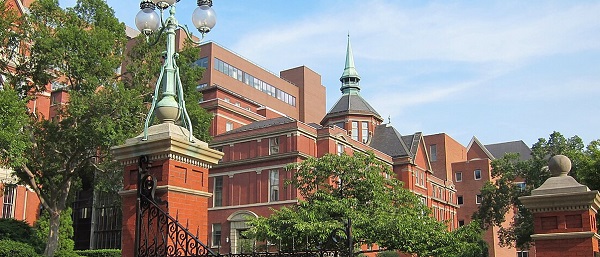

From the Daily Caller News Foundation
Johns Hopkins University (JHU) announced on Thursday it is making tuition free for families earning less than $200,000 and will waive both tuition and living expenses for those making less than $100,000.
The university stated that “a majority of American families” will qualify for the fee exemption, allowing most students to attend without contributing a single dollar. The decision is meant to help recruit “the best and brightest students to Johns Hopkins irrespective of their financial wherewithal.”
“Trying to understand financial aid offers can be overwhelming,” David Phillips, vice provost for admissions and financial aid at JHU, said in the announcement. “A big goal here is to simplify the process. We especially want to reach students and families from disadvantaged backgrounds, rural locations, and small towns across America who may not know that a Hopkins degree is within reach.”
Dear Readers:
As a nonprofit, we are dependent on the generosity of our readers.
Please consider making a small donation of any amount here.
Thank you!
In 2018, Michael Bloomberg donated nearly $2 billion to the university, the largest ever single gift to a U.S. university. JHU said it used this money “to become permanently need blind and no-loan in financial aid.”
The university also receives the most federal funding of any university, raking in more than $3 billion from the government in fiscal year 2023 for research and development alone. This is more than double what the next highest recipient of federal funding that year, the University of Washington, received.
Despite this, JHU in June complained that federal funding cuts forced it to institute a hiring freeze and pause annual pay increases for employees. In its message to the community at the time, the university also mentioned its disagreement with “recent efforts to limit or withhold visas from the international students and scholars.”
Some universities admit mass numbers of foreign students in order to pad their pockets, as such students often pay full tuition and fee costs without financial assistance.
Education
Why classroom size isn’t the issue teacher unions think it is
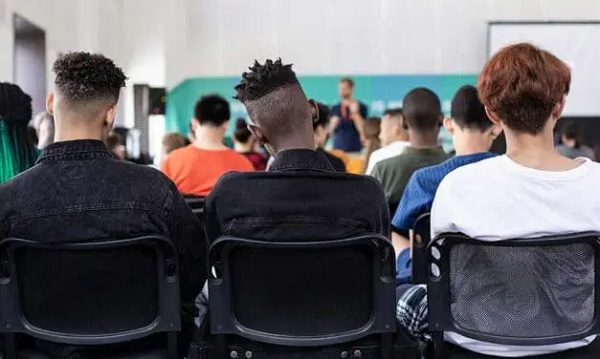
This article supplied by Troy Media.
The real challenge is managing classrooms with wide-ranging student needs, from special education to language barriers
Teachers’ unions have long pushed for smaller class sizes, but the real challenge in schools isn’t how many students are in the room—it’s how complex those classrooms have become. A class with a high proportion of special needs students, a wide range of academic levels or several students learning English as a second language can be far more difficult to teach than a larger class
where students are functioning at a similar level.
Earlier this year, for example, the Elementary Teachers’ Federation of Ontario announced that smaller class sizes would be its top bargaining priority in this fall’s negotiations.
It’s not hard to see why unions want smaller classes. Teaching fewer students is generally easier than teaching more students, which reduces the workload of teachers. In addition, smaller classes require hiring more teachers, and this amounts to a significant financial gain for teachers’ unions. Each teacher pays union dues as part of membership.
However, there are good reasons to question the emphasis on class size. To begin with, reducing class size is prohibitively expensive. Teacher salaries make up the largest percentage of education spending, and hiring more teachers will significantly increase the amount of money spent on salaries.
Now, this money could be well spent if it led to a dramatic increase in student learning. But it likely wouldn’t. That’s because while research shows that smaller class sizes have a moderately beneficial impact on the academic performance of early years students, there is little evidence of a similar benefit for older students. Plus, to get a significant academic benefit, class sizes need to be reduced to 17 students or fewer, and this is simply not financially feasible.
In addition, not only does reducing class sizes mean spending more money on teacher compensation (including salaries, pensions and benefits), but it also leads to a decline in average teacher experience and qualifications, particularly during teacher shortages.
As a case in point, when the state of California implemented a K-3 class-size reduction program in 1996, inexperienced or uncertified teachers were hired to fill many of the new teaching positions. In the end, California spent a large amount of money for little measurable improvement in academic performance. Ontario, or any other province, would risk repeating California’s costly experience.
Besides, anyone with a reasonable amount of teaching experience knows that classroom complexity is a much more important issue than class size. Smaller classes with a high percentage of special needs students are considerably more difficult to teach than larger classes where students all function at a similar academic level.
The good news is that some teachers’ unions have shifted their focus from class size to classroom complexity. For example, during the recent labour dispute between the Saskatchewan Teachers’ Federation (STF) and the Saskatchewan government, the STF demanded that a classroom complexity article be included in the provincial collective agreement. After the dispute went to binding arbitration, the arbitrator agreed with the STF’s request.
Consequently, Saskatchewan’s new collective agreement states, among other things, that schools with 150 or more students will receive an additional full-time teacher who can be used to provide extra support to students with complex needs. This means that an extra 500 teachers will be hired across Saskatchewan.
While this is obviously a significant expenditure, it is considerably more affordable than arbitrarily reducing class sizes across the province. By making classroom complexity its primary focus, the STF has taken an important first step because the issue of classroom complexity isn’t going away.
Obviously, Saskatchewan’s new collective agreement is far from a panacea, because there is no guarantee that principals will make the most efficient use of these additional teachers.
Nevertheless, there are potential benefits that could come from this new collective agreement. By getting classroom complexity into the collective agreement, the STF has ensured that this issue will be on the table for the next round of bargaining. This could lead to policy changes that go beyond hiring a few additional teachers.
Specifically, it might be time to re-examine the wholesale adoption of placing most students, including those with special needs, in regular classrooms, since this policy is largely driving the increase in diverse student needs. While every child has the right to an education, there’s no need for this education to look the same for everyone. Although most students benefit from being part of regular academic classes, some students would learn better in a different setting that takes their individual needs into consideration.
Teachers across Canada should be grateful that the STF has taken a step in the right direction by moving beyond the simplistic demand for smaller class sizes by focusing instead on the more important issue of diverse student needs.
Michael Zwaagstra is a senior fellow with the Frontier Centre for Public Policy.
Troy Media empowers Canadian community news outlets by providing independent, insightful analysis and commentary. Our mission is to support local media in helping Canadians stay informed and engaged by delivering reliable content that strengthens community connections and deepens understanding across the country
-

 Alberta23 hours ago
Alberta23 hours agoCalgary mayor should retain ‘blanket rezoning’ for sake of Calgarian families
-
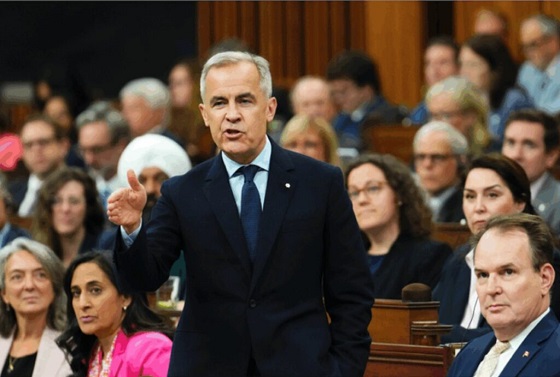
 Alberta20 hours ago
Alberta20 hours agoNational Crisis Approaching Due To The Carney Government’s Centrally Planned Green Economy
-

 Alberta21 hours ago
Alberta21 hours agoAlberta Offers Enormous Advantages for AI Data Centres
-
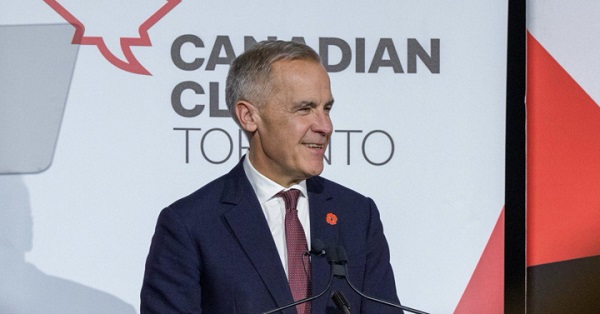
 Business2 days ago
Business2 days agoCarney doubles down on NET ZERO
-
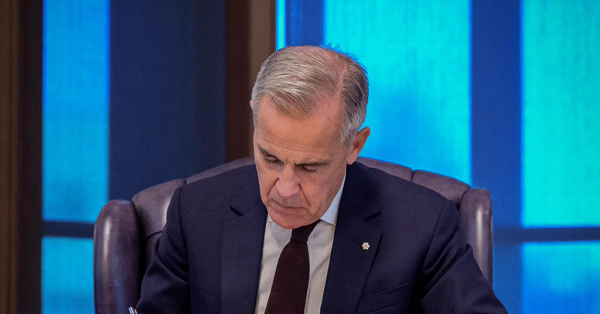
 Business2 days ago
Business2 days agoLiberal’s green spending putting Canada on a road to ruin
-

 Bruce Dowbiggin21 hours ago
Bruce Dowbiggin21 hours agoSports 50/50 Draws: Make Sure You Read The Small Print
-

 Censorship Industrial Complex21 hours ago
Censorship Industrial Complex21 hours agoQuebec City faces lawsuit after cancelling Christian event over “controversial” artist
-
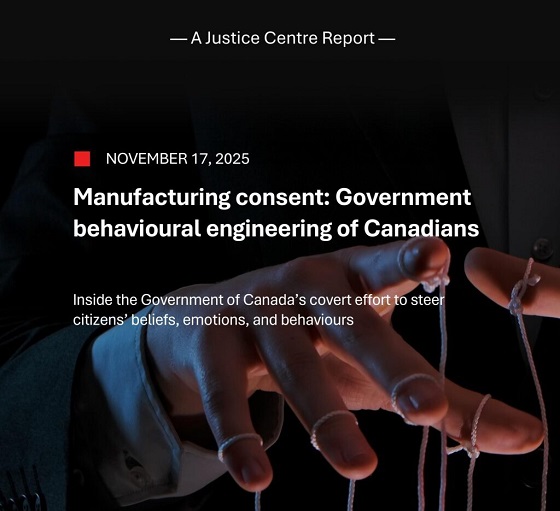
 COVID-1921 hours ago
COVID-1921 hours agoNew report warns Ottawa’s ‘nudge’ unit erodes democracy and public trust




